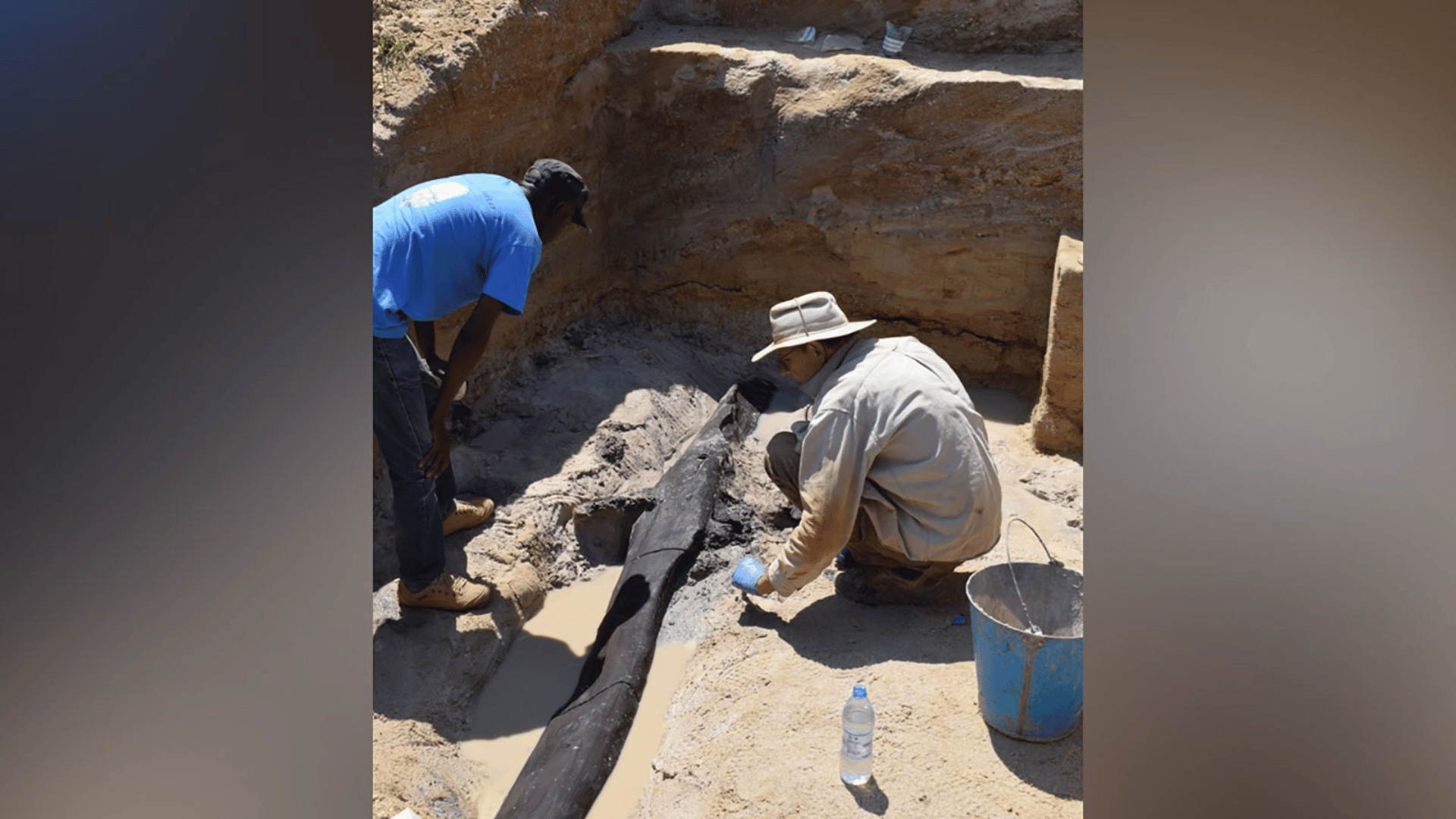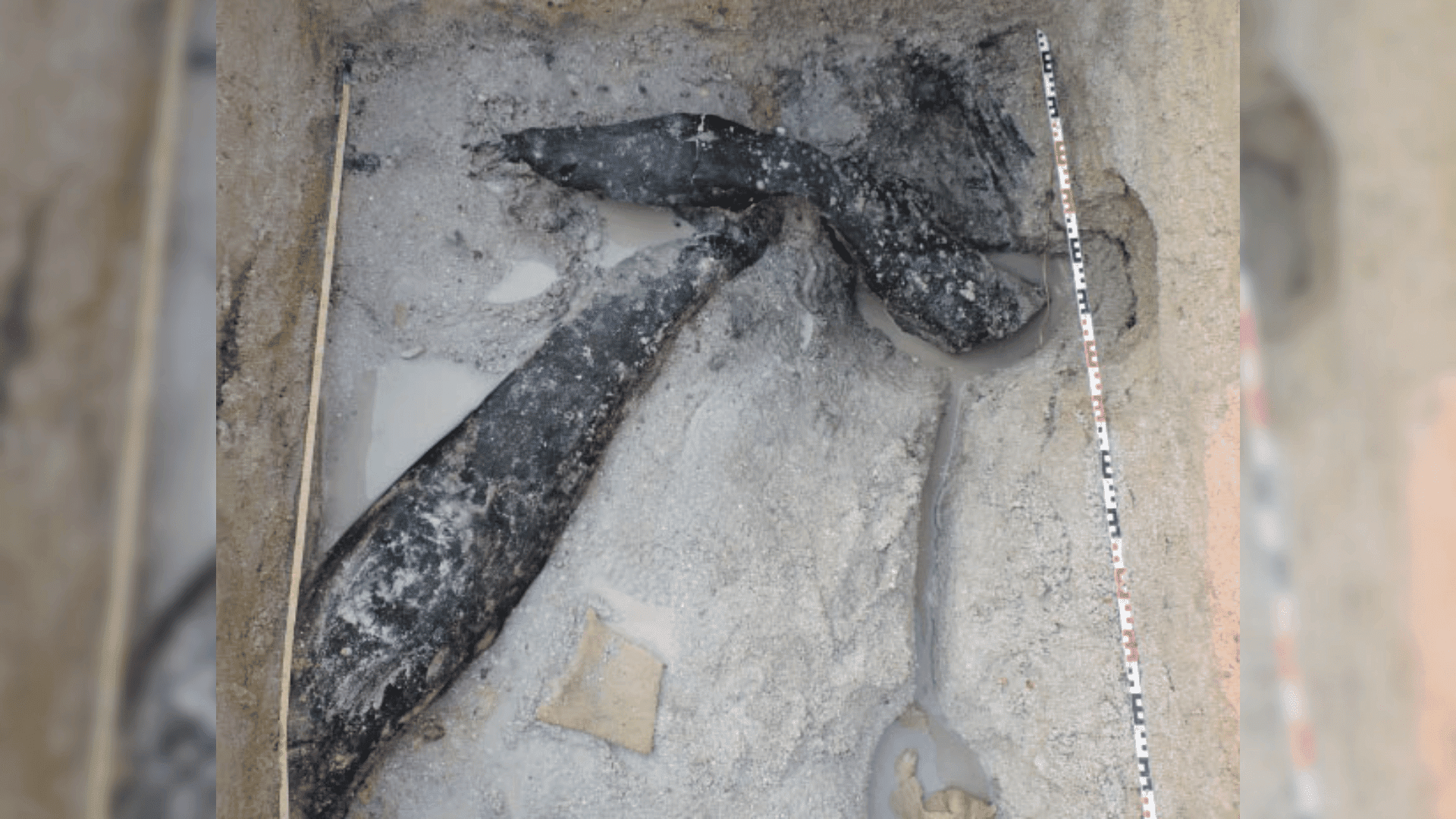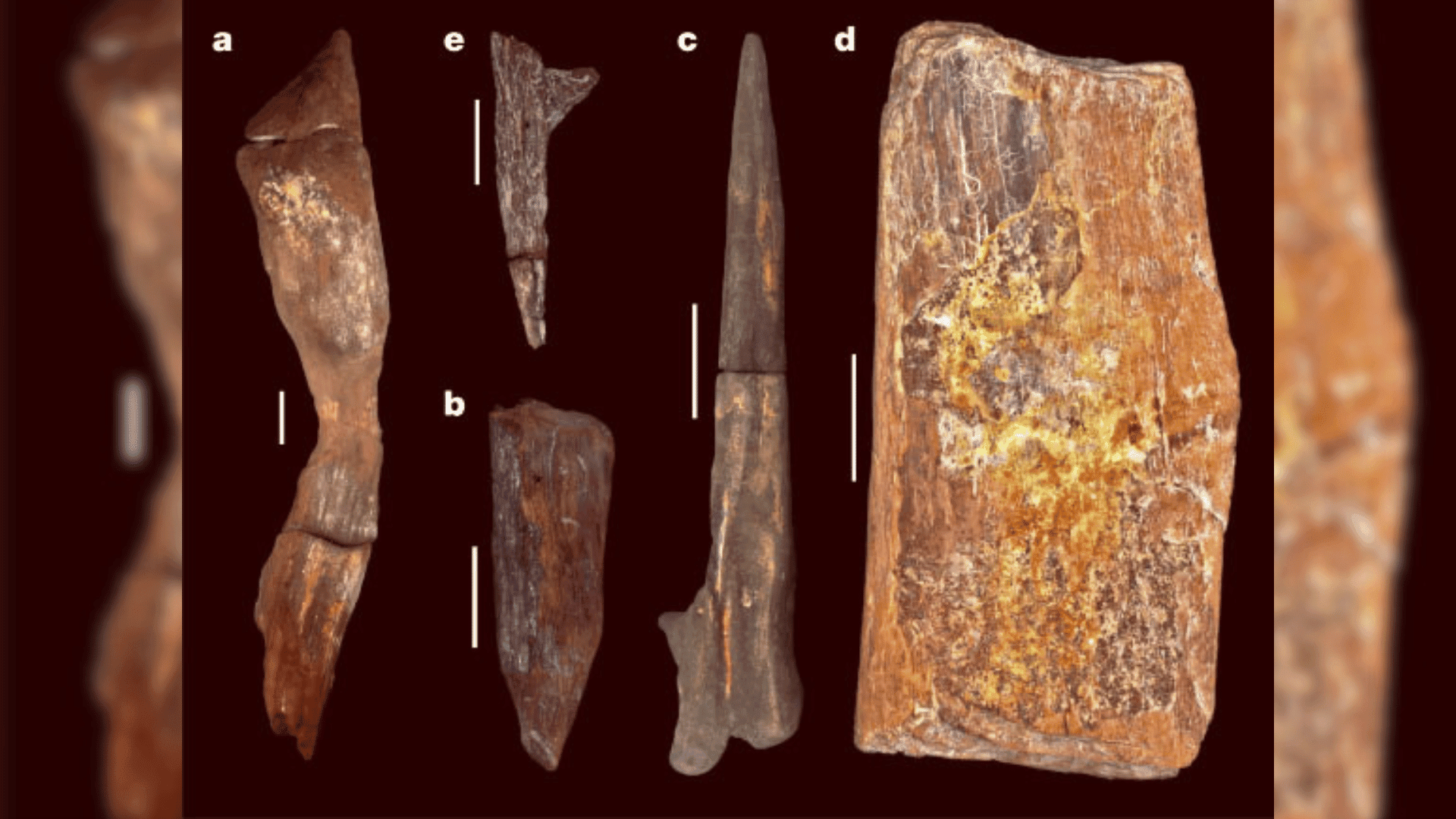Recent research shows that, nearly half a million years ago, ancient human ancestors were engaging in advanced wooden construction.

The uncovered artifacts indicate that a human civilization, predating Homo sapiens, was building structures and potentially laying the foundation of platforms or parts of dwellings much earlier than researchers previously believed.
A team from the University of Liverpool and Aberystwyth University excavated preserved wood at Kalambo Falls, Zambia. The artifacts date back 476,000 years and their complexity alters the idea that humans of this time period only utilized wood for simpler purposes such as crafting digging sticks, making spears, and starting fires.
“This is a disruptive discovery,” stated Larry Barham, a co-author of the new study and an archaeologist at the University of Liverpool in England. “I never would have thought that pre-Homo sapiens would have had the capacity to plan something like this.”
After analyzing the stone tool cut marks on the wood, the team concluded that these early humans intentionally shaped and combined two logs indicating a deliberate crafting of logs to fit together.

Typically wood this old would deteriorate and disappear, but at Kalambo Falls the high water levels have protected and preserved the ancient wooden structures. The authors of the new study theorize that the wooden structure may have been used for fishing or some other raised surface above the muddy ground.
This discovery also casts doubt on previous speculations that Stone Age humans were strictly nomadic. The abundance of resources found in the vicinity may suggest that these humans may have settled, using the perennial water source and surrounding forest for substance as they engaged in construction efforts.
Professor Larry Barham from the University of Liverpool spoke about the significance of the discovery, stating, “They used their intelligence, imagination, and skills to create something they’d never seen before, something that had never previously existed.”
Aberystwyth University utilized luminescence dating techniques, focusing on when the surrounding sand’s minerals were last exposed to sunlight. Though the site had been excavated in the 1960s, the lack of advanced dating technologies meant the site’s significance remained unknown until recently.

“At this great age, putting a date on finds is very challenging and we used luminescence dating to do this,” said Aberystwyth University’s Professor Geoff Duller. “These new dating methods have far-reaching implications — allowing us to date much further back in time, to piece together sites that give us a glimpse into human evolution.”
Given its archaeological significance, Kalambo Falls is being considered for UNESCO World Heritage Site status. Ongoing research and study on this site, as part of the ‘Deep Roots of Humanity’ project, may allow researchers to gain further understanding of the development of human technology during the Stone Age.
As Professor Barham concludes, “Kalambo Falls is an extraordinary site and a major heritage asset for Zambia. The Deep Roots team is looking forward to more exciting discoveries emerging from its waterlogged sands.”







